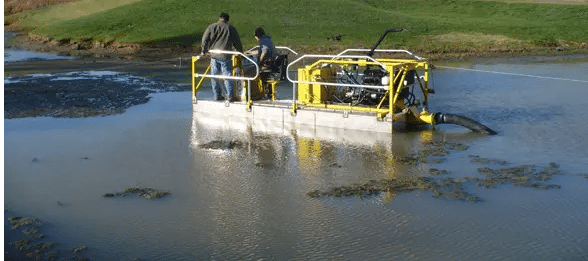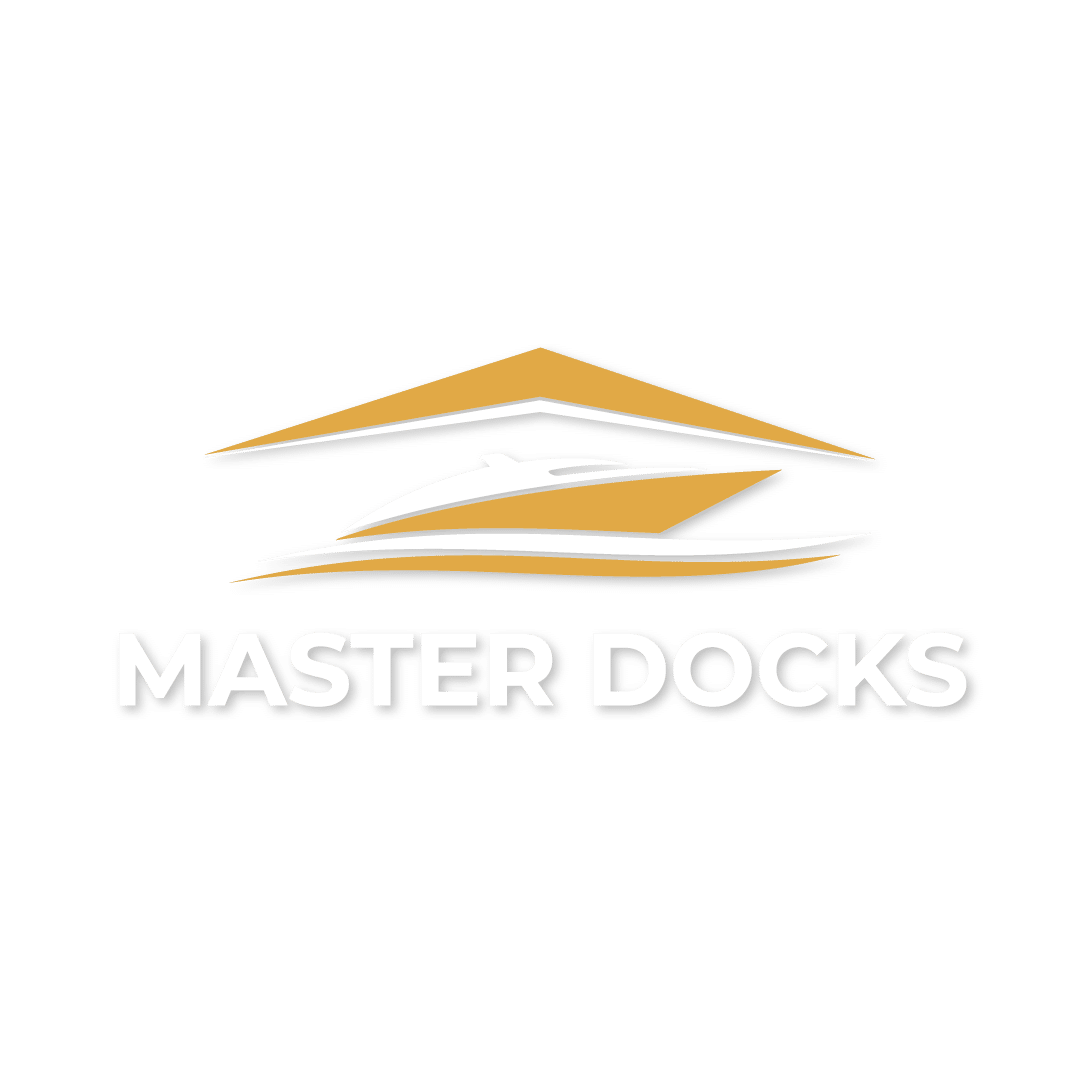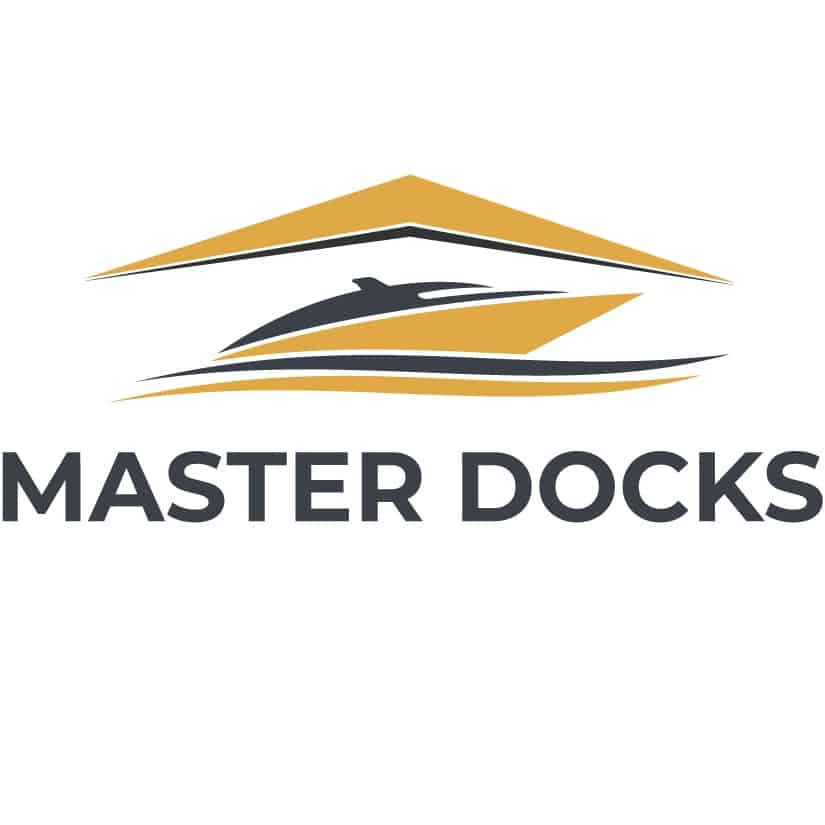
What Is Sediment Build Up?
All lakes and ponds have a natural life span and fill up with sediment over time. Sediment accumulation can be accelerated by shoreline erosion, runoff, or the seasonal buildup of organic material like submerged aquatic plants and leaves from trees. Eventually, every lake and pond in North and South Carolina requires the sediment to be removed and needs to be dredged to maintain their intended use, whether its recreation or stormwater storage.
Areas We Dredge:
• Lakes
• Ponds
• Boat Lift Slips
• Marina’s
• Boathouses & Docks
Step 1: Sediment Investigation:
We can determine the amount of sediment buildup in your lake or pond by conducting a sediment investigation. A bathymetric survey—an underwater
topographical survey of a body of water—is one of its components. This entails determining the water depth and sediment content prior to arriving at the initial, solid bottom. GPS tracks data collection points for future reference, and we use either sonar or sediment probing poles, or both, depending on the conditions, to gather data points throughout the water body. Using software, we compute sediment volumes and produce bathymetric, sediment thickness, and total depth maps to determine the amount of sediment removal required for lakes.
Step 2: Permitting
When a sediment investigation shows that there is an unhealthy buildup of sediment in your lake or pond. The partial or total removal of sediment layers that are high in organic matter and nutrients is known as dredging. Restoring the lake or pond to its natural depth while lowering nutrients like phosphorus that support algae and aquatic plants that have the potential to grow out of control is frequently the aim. Dredging is frequently the best way to return a degraded lake or pond to its original beauty and functionality after decades of sediment buildup.
Regulatory permits are typically required to perform dredging or sediment removal. Master Docks provides all permitting services as a part of our dredging operation. It should be noted that permitting should begin at least 3-6 months before a project is expected to begin.
To get a permit for dredging in South Carolina, you need to contact:
• NPDES permit – You can apply for this permit directly from DHEC or through a local government agency, depending on your area. Under federal law, certain types of discharges to rivers, lakes, and streams need an NPDES permit. Land disturbance (e.g., clearing, excavating, and grubbing) is one activity that requires an NPDES permit.
• USACE permits – Section 404 permits are required for the discharge of the dredged materials.
• SCDOT General Permit (GP) – This permit allows the discharge of dredge and fill material for the construction, expansion, or improvement of linear transportation projects.
• Nationwide Permit (NWP) – This permit authorizes the discharge of fill material in freshwater, tidal waters, and streams.
• Individual Permit (IP) – This permit is required for projects that don’t fall under a GP or NWP This permit is required for projects that don’t fall under a GP or NWP
Step 3: Sediment Removal (Dredging)
Both manual and hydraulic methods can be used for dredging. When choosing the best dredging technique for your site, access is crucial. Fortunately, our equipment can fit in even the most crowded spaces. When removing loose muck, hydraulic dredging works particularly well because it uses suction. Like a vacuum, hydraulic dredges draw up a mixture of water and sediment and then send it through a hose into a dewatering bag, which is usually where it ends up. Clean water returns to the waterbody while the sediment from the pond and lake remains in the bag. The amount of onshore space needed to store the dewatering bag or bags limits hydraulic dredging.
Hydraulic dredging is especially cost-effective when there is a use for the dredge material on site. Our mini-hydraulic dredge is great for dredging ponds and small lakes or performing maintenance dredging, especially around docks, on larger bodies of water.

Mechanical dredges work by mechanically digging sediment from the bottom using an excavator with a bucket. Mechanical dredging can be done either in the dry or “in the wet”. Dry mechanical dredging involves either partially or completely draining the pond or lake and using a long-reach excavator to scoop material from the bottom and into trucks. The material is either repurposed on-site or transported to the nearest disposal site. Currently, Master Docks does not offer Mechanical dredging.

